Blizzard’s Long History of Manic Pixie Nightmare Girls and Fear of Women
Credit to Author: Nico Deyo| Date: Fri, 14 Feb 2020 16:28:51 +0000
While he is not the first to notice, fantasy author Sam Sykes tweeted last month about the weird recurring archetype that Blizzard Entertainment has been employing with some of their most prominent female characters. While stock characters are a feature of every narrative medium, Blizzard seems to have exactly one vision for female villainy: An angular beauty with lilac skin and a traumatic backstory to explain how a nice girl ended up in the mass-murder business.
Though she’s hardly the first female antagonist in Blizzard’s games, Sarah Kerrigan from Starcraft I & II (AKA Queen of Blades, AKA Lil’ Zerg Rush) is clearly the character the mold was created from. Her arc set a tone for villainy that was clearly beloved by the audience and paved the great purple way for Sylvanas Windrunner in both Warcraft franchises and later Widowmaker (née Amelie La Croix) in Overwatch. All of them are characters for whom torture, trauma, control and revenge are indelibly written upon their bodies in an unmistakable way.
Taken together, they present a very odd throughline in terms of how Blizzard imagines anger and evil in women. No matter the size of their narratives, all are germinated from cruelty. These are women whose villainy was created, it’s external to who they “really” were. Kerrigan was taken from her family to be molded and tortured into a psionic weapon by the Confederacy. Sylvanas Windrunner was defeated in battle and ripped from her body by Arthas. Widowmaker was kidnapped by Talon and brainwashed into an assassin. There is this uneasiness around these women, because before the spectacle of their eventual rise to power, there must first be some form of degradation.
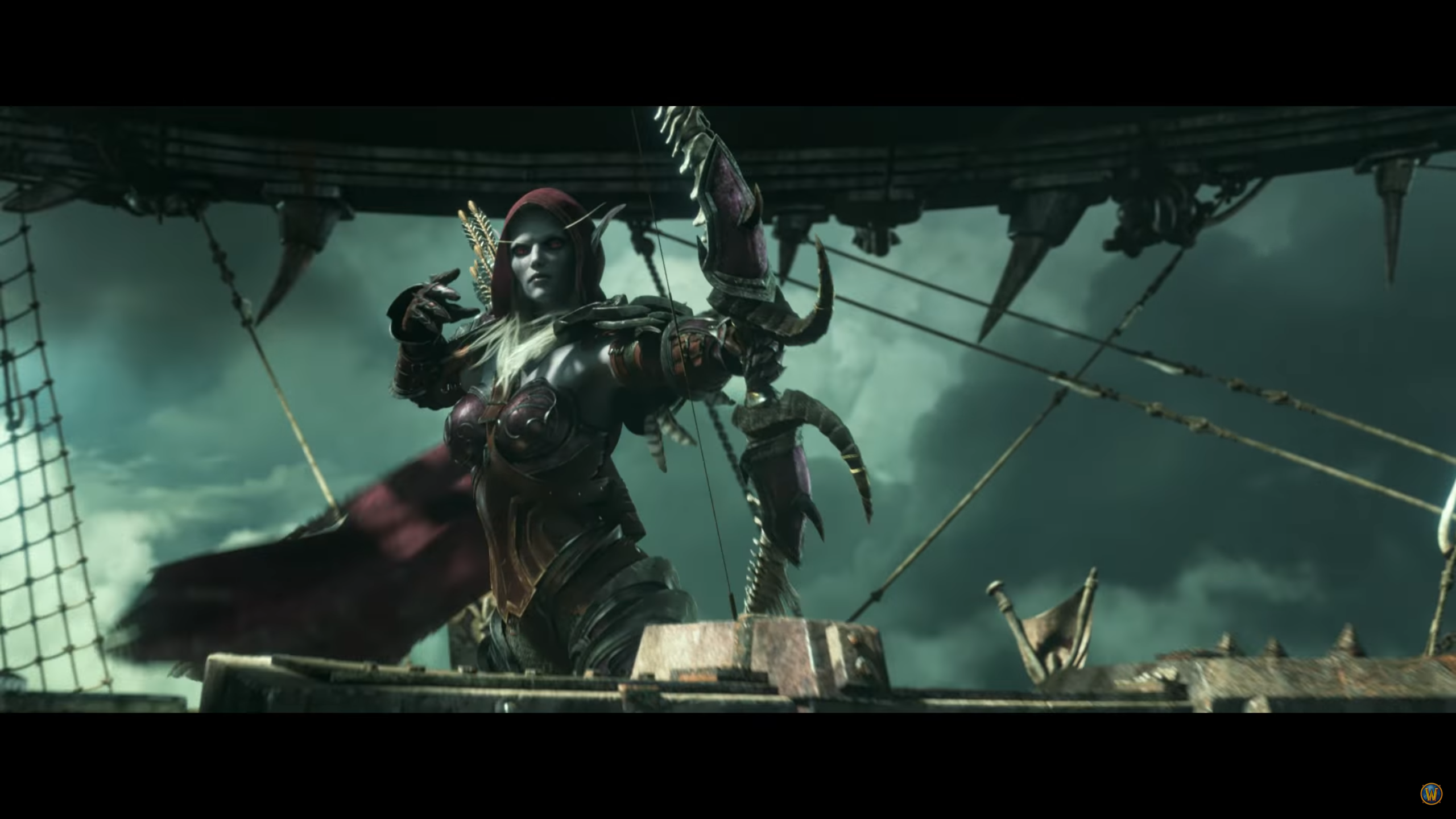
This method of creating female characters and motivations says something about how the developers think of women’s role in their stories. Not only is victimization a key component in these women’s lives, but a factor in their eventual turn towards hate, revenge and anger. Torture and stripping them of control is a catalyst by which their transition from “innocent” to “evil” occurs. It mirrors how victims are often portrayed in fiction and viewed in real life: as broken in some fundamental way, and all too ready to turn around and hurt others. Their pain is something others fear, a potential wellspring of further evil.
Blizzard conjures these women up, only to put them through a meat grinder.
The visual attributes in all three of these characters is also key in this transformation. The inhuman coloration to their skin and general lankiness denotes an otherness, but everything else feels oriented towards sexiness, creating a line of mean, angular villainesses. They are evil but can’t be so alienating that we do not find them appealing, otherwise their antagonism no longer is alluring. We don’t suffer hags very often.
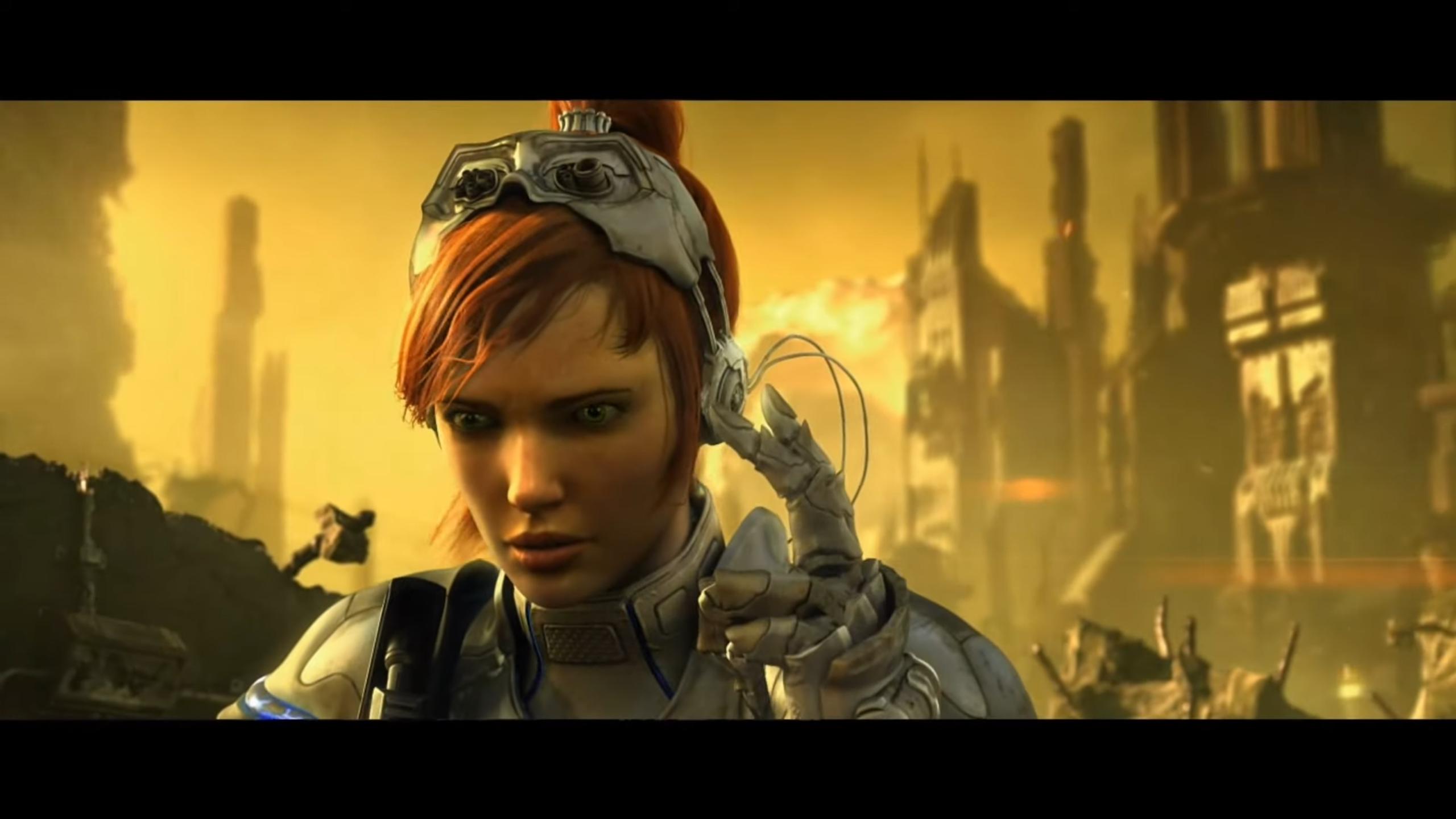
This aesthetic also indicates the transition that all of them undergo in order to be villains as well. Whether through cutscenes or model changes or in cosmetics, players are aware of these women (and their bodies) being mutated from a previous form, that a corrupting influence mars their once-pristine beauty. Given the incidence of violation in their backstories, this color motif evokes societal beliefs about violation or trauma leaving some sort of altering, indelible mark. Kerrigan is infected by the Zerg, Sylvanas becomes a wraith and eventually undead, and Widowmaker is turned into her distinctive blue-purple. It’s old-fashioned purity culture with spikes and blades.
The question that ultimately needs to be asked is why a company fixated on this kind of characterization for so many years in such a noticeable way. For much of the creation of series like Starcraft, Warcraft, a lot of the creative development in both concepting characters and narrative design came from a much smaller team early in the 90s. The face of many of Blizzard’s early successes was Chris Metzen, a creative developer from the company’s early years in the mid-1990s all the way until the announcement of Overwatch in 2015, when he retired shortly after.
That cohort of developers and designers who shaped Blizzard’s franchises took their inspiration from a myriad of sources including tabletop games, well-known fantasy and sci-fi stories, but especially comic books.
If anyone wants to see where the DNA of Blizzard’s choices for female villainy comes from, one only needs to look as far as what comic books were doing from the 70s to the 90s. From Chris Claremont’s work on the Dark Phoenix saga in X-Men, to most of John Byrne’s career, even powerful heroines were being given tragic arcs, often to enable them as “badasses.” But in the case of many female superheroes, it wasn’t just tragedy, but the trauma as well, often in the form of brainwashing, mind control and sexually violent acts.
After gritty ultraviolence peaked in comics in the 90s, a lot of these themes started falling out of fashion or even received some overdue reconsideration. But they had already informed the sensibilities of a generation of fans. When Blizzard’s group of early 20-somethings created their biggest franchises (Chris Metzen himself was all of 23 when Starcraft I shipped, for example) they built them along the very familiar lines of X-Men and New Gods. That in turn birthed another era of seeing women characters this way.
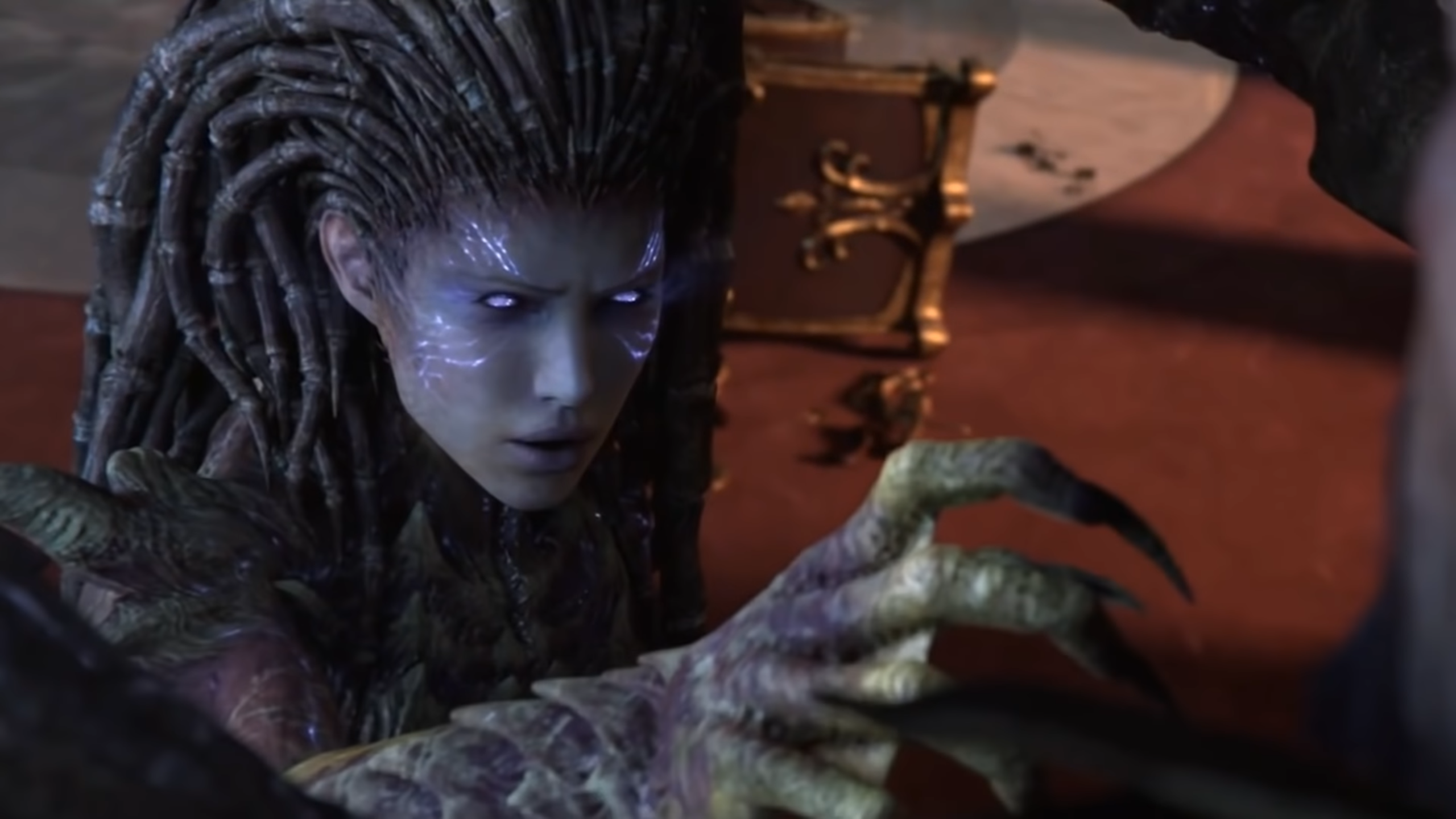
The thing with all three of these villainesses is that what could have, in isolation, passed for a halfway decent story was churned over several times over the course of twenty years, meaning that every time it was trotted out, the formula became more and more unstable. It doesn’t help that none of them really fleshed any of the women in question out, past the torture and unspooling of their plans.
Kerrigan’s arc probably worked best prior to the StarCraft 2 trilogy, which repeated major elements of Kerrigan’s story in StarCraft and Brood War, and ascribed Kerrigan’s motivation for a return to murderous warlording to the fact she was sad about her boyfriend. But before all that, Kerrigan was a character who had been betrayed, knew who her enemies were, and then accepted and even embraced both her power and her responsibility as the leader of the Zerg. Before StarCraft 2 came along, Kerrigan was convincing as a character who neither wanted nor needed saving. Unfortunately, after Brood War Blizzard’s main question about Kerrigan was, “But could she be saved?”
Sylvanas’ story strays closer to the “bitchify” motif found in the comics mentioned before, wherein her trauma (which is about as close to a rape survivor story as one could get without being literal) turns her into a machine of anger and hate with no emotional resolution. Instead of just focusing her ire towards just Arthas, she uses her un-life to maintain power for herself and her people. She develops deadlier plagues, has no lasting allegiance with anyone, and set upon burning the night elves’ home tree in a genocidal move in order to fuel a continual conflict with the Alliance to overtake them. Her arc has not only emboldened her as a villain but as an empty, monstrous person driven by sadism.
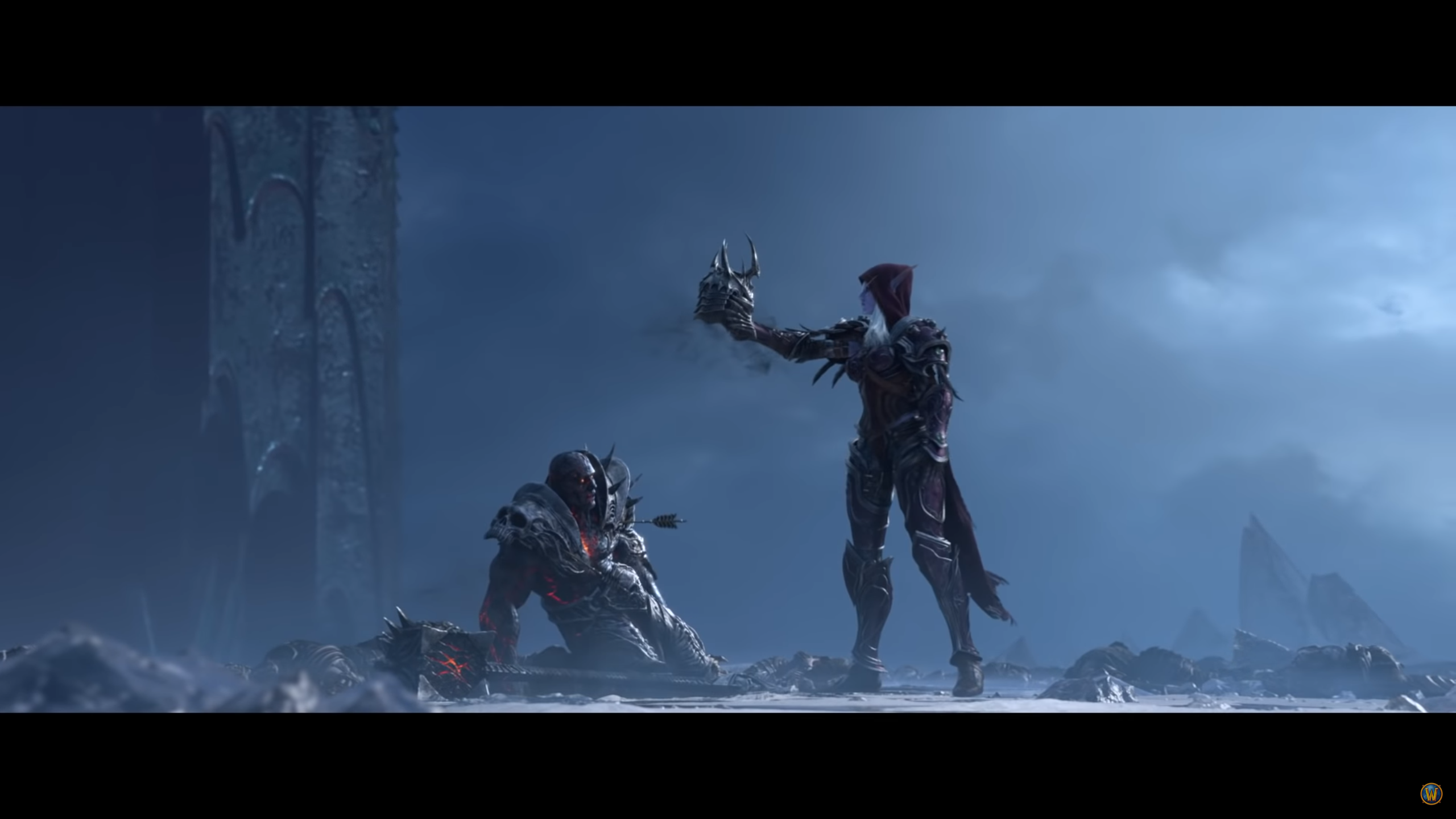
There’s a version of her path that takes her to becoming a strong leader for her newly-created people and seceding from the living world entirely, as it has nothing left for her. There’s another version that runs close to the one we got in the Wrath of the Lich King expansion, where Arthas’s death finally satiates her anger and need for revenge. Instead, the closure we got after Icecrown was a short story, wherein Sylvanas kills herself and goes to the Warcraft version of Hell. Upon being resurrected, this is what ultimately drives her thirst for immortality and destroying the rest of the world.
The idea that someone who was made into a shade of her former self suddenly has no living left to do after being robbed of her emotional catharsis is horrifying. The desire to kill everyone else and sow discord feels like an punishment on her character and furthers the idea that these women are not allowed to reach an emotional conclusion, but rather spread that anger and pain out to everyone else, whether they deserve it or not.
Widowmaker is the end result of this kind of narrative design, the heavily artifacted meme image produced at the end of this era of Blizzard character design. A ballerina who was kidnapped and brainwashed into being a sleeper cell assassin of her husband (a notable officer in Overwatch), Widowmaker now exists as a unfeeling sniper who somehow needs spike heels. The procedure that rendered her a killing machine also gave her an inhumanly slow heartbeat, resulting in the blue-purple skin. None of it is really justified or explained due to the lack of a story mode in the game, so it is very “what you see is what you get,” much like the fact that her default skin in-game is half-zipped catsuit.
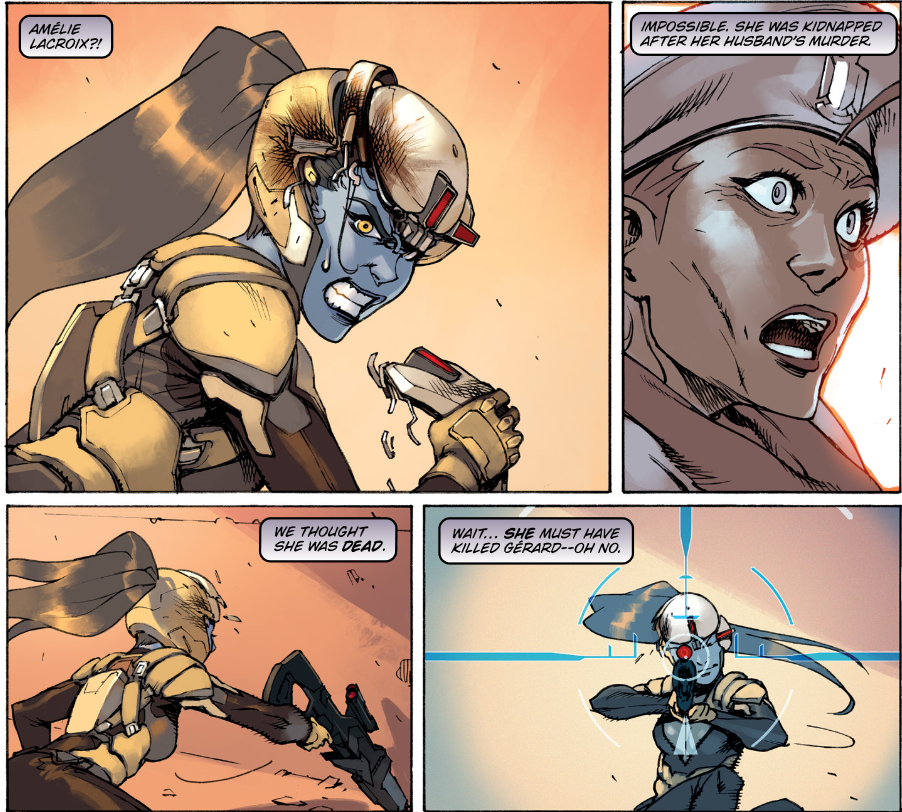
While the company’s narrative teams have progressed beyond some of these tropes, it felt like that movement is only by a few steps. There are still women being used as conniving, angry antagonists, but in cases like Adria’s story in Diablo III or Azshara in the latest World of Warcraft expansion, there’s at least enough characterization to see a variety of motivations, and a lot less use of overt trauma to create antagonists. (Though, to wit, both of these characters achieve true villain status through physical transformation, so some things have not been left in the past.)
One of the key reasons why Blizzard is not hard-turning the ship on their own character designs has to do with the fact that their games are long-running stories that are often prolonged by sequels, expansions and tie-ins in order to maintain them as a service, boxing them into a very slow continuity. There’s a significant culture invested in the kinds of stories that they tell as a company. Villains are never wound down and very rarely get updated because they have to serve an ever-rolling story for players to devour.
In the case of female antagonists, this often means they are shunted off suddenly or are left simmering on a back burner until it is their time to die. Their ever-escalating wickedness makes them disposable, much like every other woman in Blizzard’s arsenal. When there’s nothing left about their bodies or minds to burn away, they get tossed, their usefulness spent. There’s no ending where their anger catches up to them, or they are granted redemptions, because they are never given enough time or sympathy for this to happen. At best they will be recycled for Heroes of the Storm, doomed to live in the purgatory that is a MOBA.
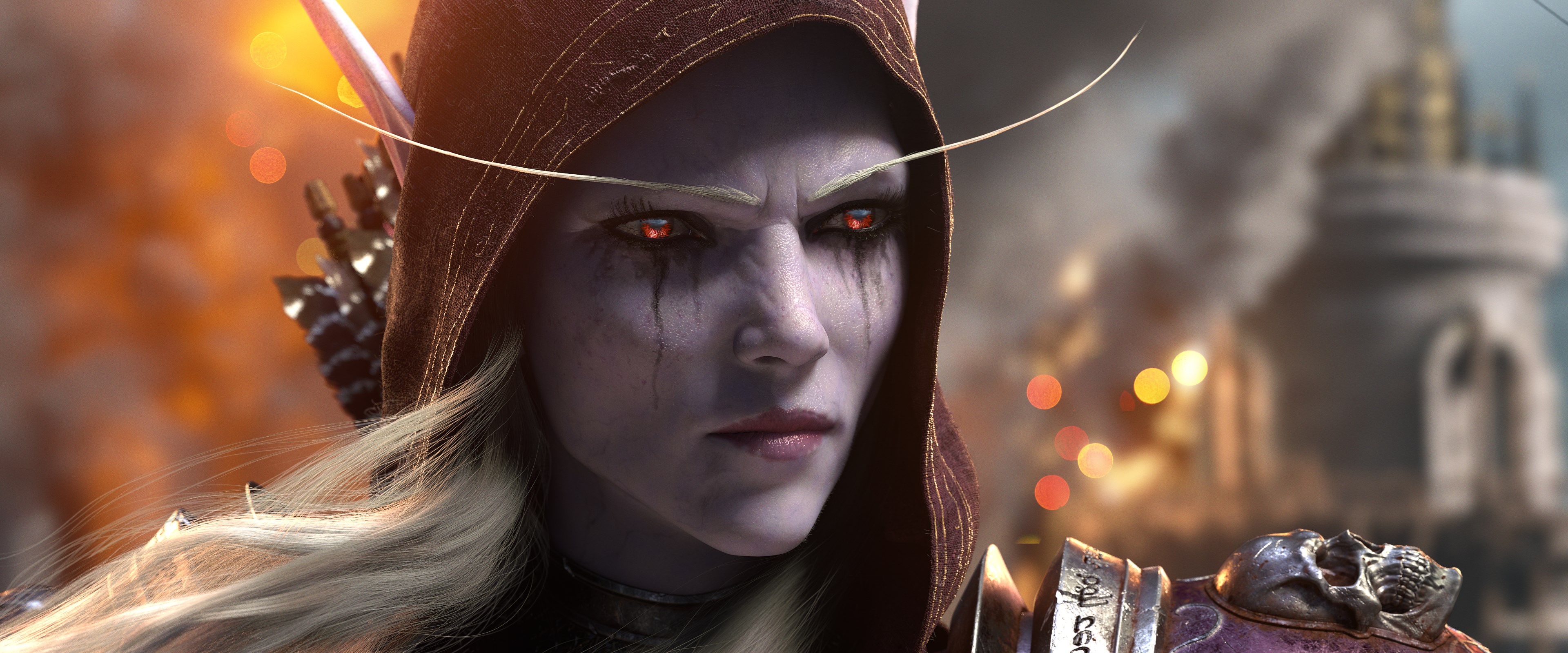
Even the comics that Blizzard took so much inspiration from have managed to write themselves out of corners. While comics reinvent themselves to keep sales afloat, it is still a model that allows mistakes to be addressed, retconned or taken in new directions by better creators.
I cannot imagine Blizzard ever accomplishing something like this. They built a large kingdom around polished, accessible takes on various genres, but their stories are a weak point, and how they conceptualize women characters is a rot that goes all the way down to the foundation. Even if creators leave, even if projects are recreated, there will always be some of this in the DNA of their works because that’s what it was founded on and nothing has been radically altered.
Villains don’t always need to be tragic. They don’t have to be written as “good people” to be memorable or sympathetic. But they do still have to be written as people, and that’s just not how any of Blizzard’s narratives see women.
This article originally appeared on VICE US.